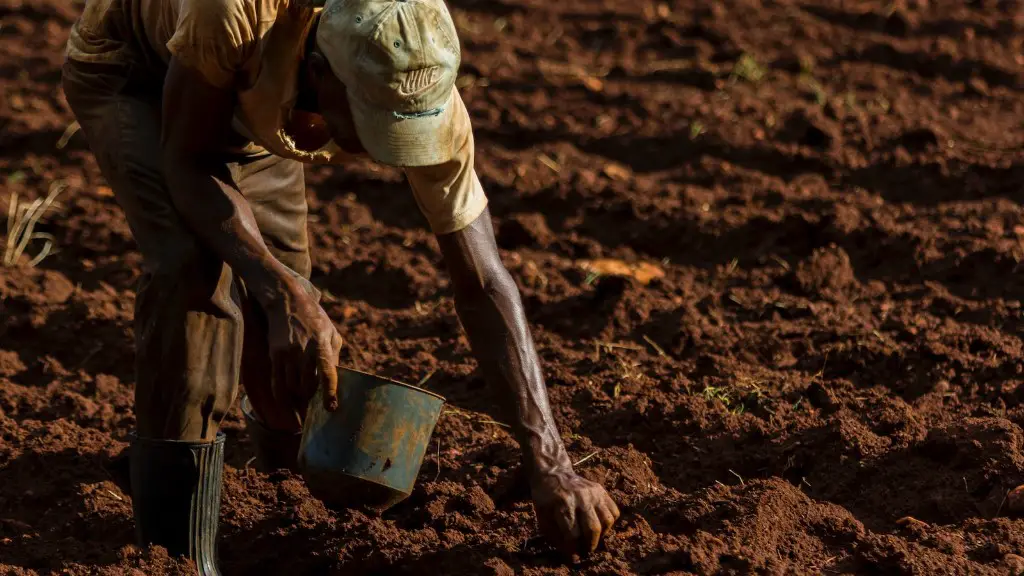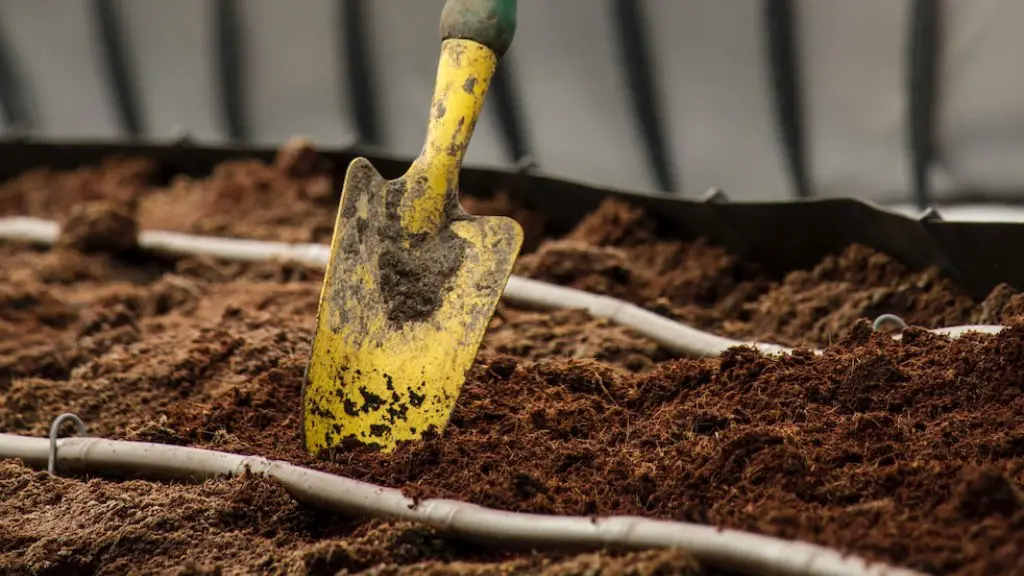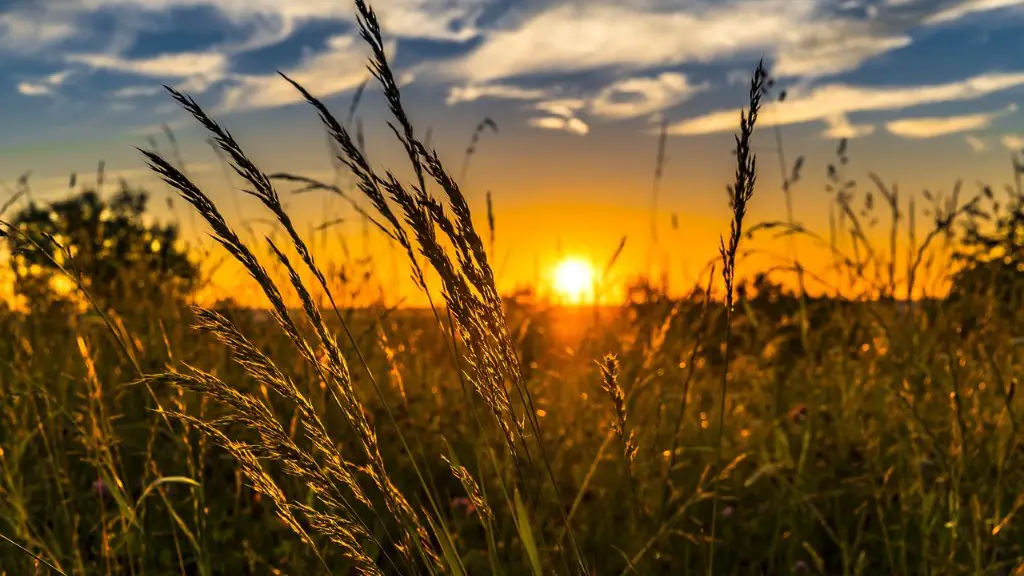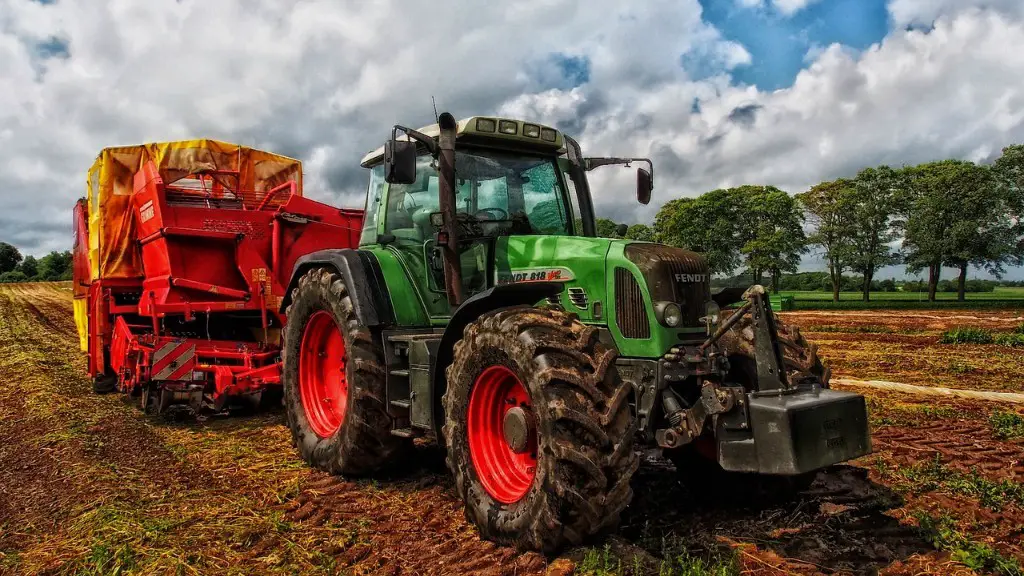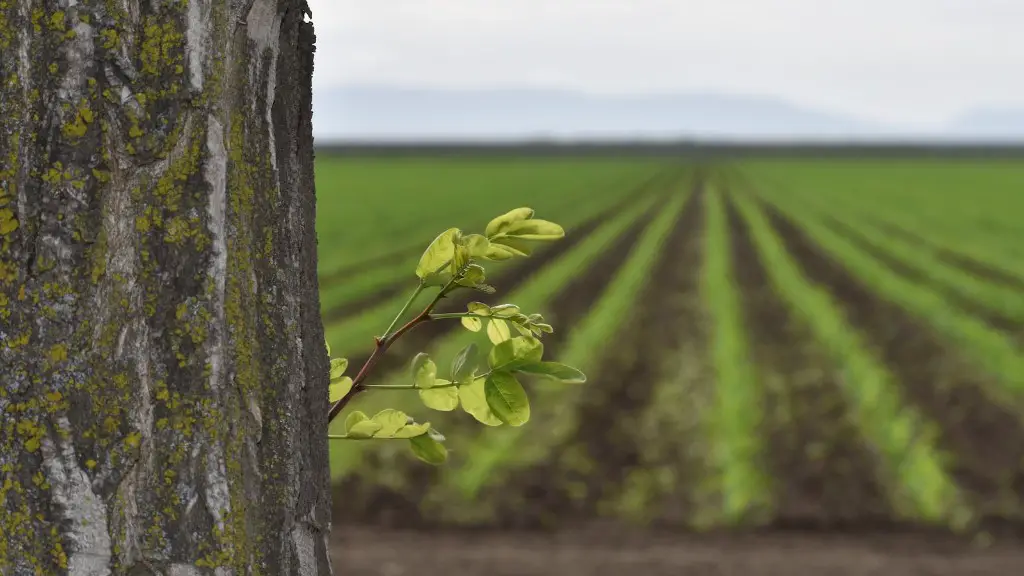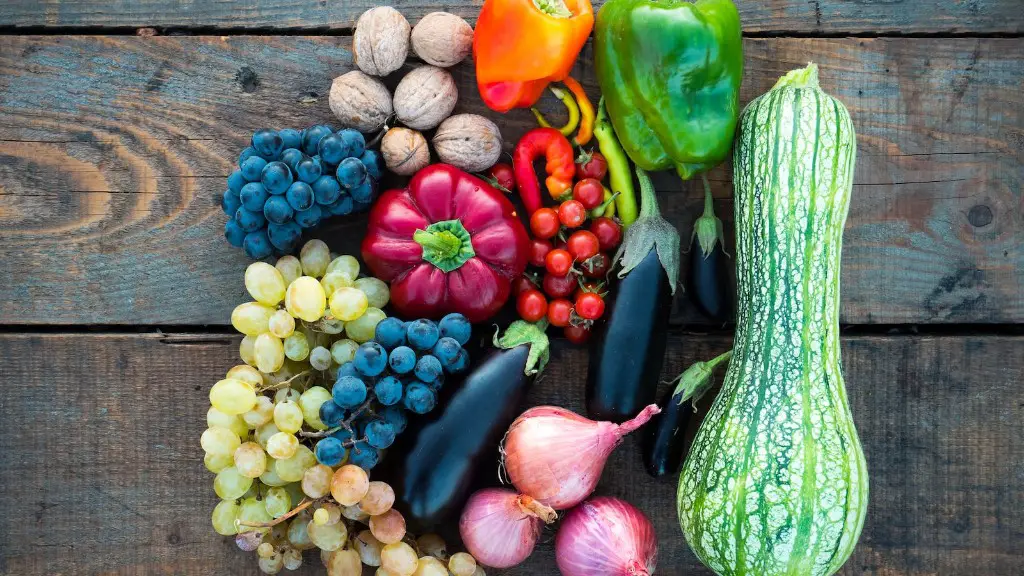Farmers have been using animals to help with agriculture for centuries. draft horses and mules were commonly used to pull plows and other equipment in the field. Today, many farmers still use draft animals for certain tasks, such as tillage, because they can be more gentle on the land than farm machinery. Other animals, such as sheep and goats, are used for grazing. Chickens and other poultry are often kept by farmers to help control pests.
There are many ways that animals can help us in agriculture. One way is by providing us with food. Chickens, for example, lay eggs that we can eat. Cows give us milk to drink. Pigs provide us with bacon and ham. Another way that animals can help us in agriculture is by providing us with labor. Oxen, for example, can be used to pull plows through the field. Mules can be used to carry supplies from one place to another.
Why are animals used in agriculture?
Farm animals are a valuable source of food and other resources that can improve nutritional status and provide economic stability. They can also help to diversify farm operations and reduce risk.
Livestock production is an important component of a sustainable agricultural system. It can provide a quality source of plant nutrients, generate income, and provide an environmentally sound use of certain lands.
How is animal welfare important to agriculture
There are many benefits to raising animals humanely, including reducing feed and water costs, reducing pollution, creating jobs, and boosting profits. humane farms can also reduce environmental damage by recycling nutrients and improving the soil.
Bees are essential for the pollination of many crops, and without them, global food production would look very different. According to the Food and Agriculture Organization of the United Nations (FAO), three out of four crops that produce fruit or seeds for human consumption depend, at least in part, on pollinators.
Bees play a vital role in the agricultural economy, and their decline in recent years is cause for concern. The good news is that there are things that can be done to help bees, and by extension, our food supply. Planting bee-friendly flowers, for example, can provide them with the food they need to thrive. And avoiding the use of harmful pesticides is critical to protecting these important pollinators.
What is animal power in agriculture?
Animal power is a renewable source of energy that has been used for centuries to perform work on farms. In recent years, there has been a resurgence of interest in using animal power, particularly draught animals, for farm operations.
Draught animals are typically used for tasks such as ploughing, harrowing, planting, and ridging. However, they can also be used for transportation, carrying farm produce from one location to another.
Animal power has a number of advantages over other sources of energy. It is renewable, environmentally friendly, and often cheaper than mechanised alternatives. Moreover, it can be used in areas where there is no access to electricity.
There are a few disadvantages to using animal power, however. Animals can be difficult to control, and they require care and attention. In addition, draught animals can damage the soil if they are not used properly.
Overall, animal power is a viable option for those interested in sustainable farming practices. It is important to remember, however, that animals must be treated humanely and with respect in order for this option to be truly sustainable.
Animal agriculture is a large and growing industry in the United States. According to the USDA, animal agriculture is responsible for more than $200 billion in annual economic activity and employs more than two million people.
Animal agriculture includes both traditional activities such as beef and dairy production, as well as newer activities such as the production of eggs, pork, poultry and fish. Animal agriculture also includes the production of animal-based products such as leather, wool and fur.
Animal agriculture is a significant contributor to greenhouse gas emissions. In fact, according to the EPA, animal agriculture is responsible for more greenhouse gas emissions than the transportation sector.
Animal agriculture is also a major user of water resources. According to the USDA, animal agriculture accounts for more than half of all the water used in the United States.
Animal agriculture has a significant impact on the environment. Animal waste can pollute air and water, and the overuse of antibiotics in animal agriculture can lead to the development of antibiotic-resistant bacteria.
The animal agriculture industry is also a major contributor to deforestation, as forests are cleared to make room for pastureland and cropland to grow feed for farmed animals.
Animal agriculture is a complex and controversial industry. There are a variety of
What are the 5 uses of farm animals?
Farm animals are reared for a variety of purposes, including food, work, clothing, security/protection, sport and recreation, fertilizer, medicine, and raw materials for livestock feed. Each of these purposes has its own set of benefits and drawbacks that must be considered when deciding whether or not to rear farm animals.
Farm animals are important for many reasons. They are a source of protein, income, raw material, and game. They also provide power to do work on the farm, manure, and bio gas.
What is the value of animal agriculture
Farm animals serve an important purpose in many different cultures and contexts. In addition to providing a source of income for farmers, they also play an integral role in the food system and the health of the planet. Farm animals play a key role in converting marginal land into food, providing organic fertilizer for crops, and converting large amounts of non-edible feed into high quality food. In addition, farm animals also provide important ecosystem services such as pest control and pollination.
Yes, agriculture includes animals. Agriculture is the practice of growing food, which includes plants and animals.
What benefits do we get from animals?
Pets offer us more than just companionship—they improve our physical and mental health, too. In fact, most households in the United States have at least one pet. Studies have shown that the bond between people and their pets is linked to several health benefits, including: Decreased blood pressure, cholesterol levels, triglyceride levels, feelings of loneliness, anxiety, and symptoms of PTSD.
Sustainable agriculture is a growing movement that is beneficial for both farmers and the environment. Farmers who practice sustainable agriculture use methods that are more environmentally friendly and often more economical. They can turning crop waste and animal manure into fertilizers, which enriches the soil and reroutes rainwater to fuel the irrigation system. Not only does sustainable agriculture save money, but it also conserves natural resources.
What are the 10 uses of animals
Food is one of the most essential needs for human survival. It provides the body with the necessary nutrients to function properly and to maintain good health. There are many different types of food available, and each has its own nutritional value.
Clothing and textiles are another essential need for human beings. They provide protection from the elements and help to keep the body warm. They can also be used to make a person look more attractive. There are many different types of clothing and textile materials available, and each has its own advantages and disadvantages.
Work and transport are essential for the functioning of society. They allow people to move goods and services around, and to travel from one place to another. There are many different types of work and transport, and each has its own advantages and disadvantages.
Science is essential for the advancement of human knowledge. It helps us to understand the world around us and to develop new technologies. There are many different branches of science, and each has its own advantages and disadvantages.
Medicine is essential for the treatment of illness and injury. It helps us to recover from sickness and to maintain our health. There are many different types of medicine, and each has its own advantages and disadvantages.
Hunting is an
animals are vital for many people’s livelihoods, especially in rural areas. They provide us with products like milk, eggs, wool, and meat, and can be used for tasks like ploughing and tilling the land. They are an important part of our ecosystem and we need to take care of them.
How do farm animals help us answer?
Animals provide us with many things that we need, including food, transportation, and companionship. Cows give us dairy products, goats give us meat, and chickens give us eggs and meat. Cows, buffalo, and horses can be used as transportation, and dogs and cats can provide us with companionship. Dogs also provide protection.
Livestock farming is a major contributor to greenhouse gas emissions and environmental degradation. It is responsible for 15% of global greenhouse gas emissions, and uses nearly 70% of agricultural land. This has led to major problems with deforestation, biodiversity loss, and water pollution.
What are 5 benefits of animals for human
There are many benefits to owning a pet, especially a dog or a cat. Pets can help reduce stress, anxiety, and depression, ease loneliness, encourage exercise and playfulness, and even improve your cardiovascular health. Caring for an animal can help children grow up more secure and active. Pets also provide valuable companionship for older adults.
Animals help plants to reproduce by carrying pollen from plant to plant and by spreading seeds. Animals that eat insects and small mammals help reduce damage by caterpillars, rabbits, and other plant-eaters. In this way, animals play an important role in the life cycle of plants.
Final Words
There are many ways that animals can help us in agriculture. They can provide us with food, fiber, and even help us to till the land. Some animals, like bees, can also help to pollinate crops.
Animals help us in agriculture in many ways. They provide us with food, wool, and other products. They also help us to keep our crops and pastures healthy and free of pests. In addition, animals provide us with transportation, power, and labor.
